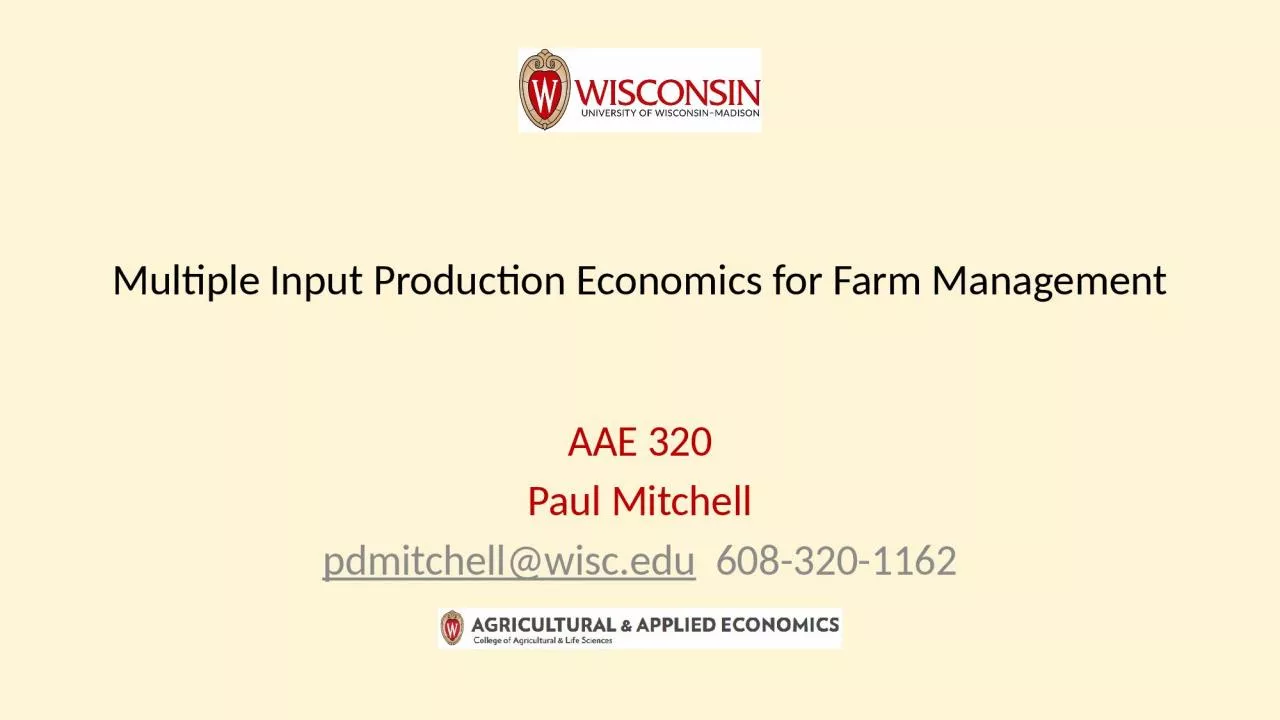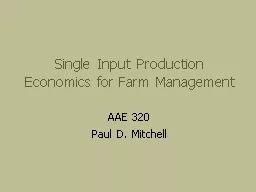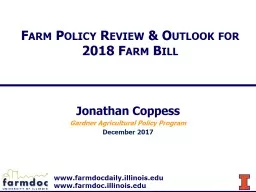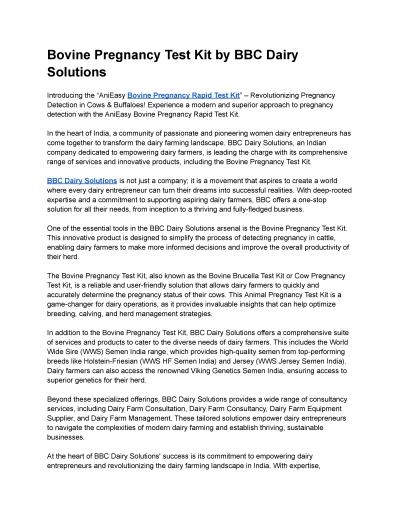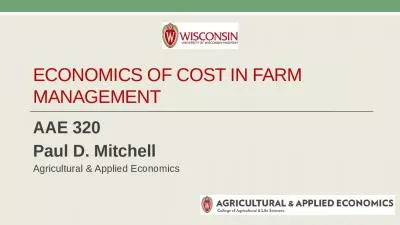PPT-Multiple Input Production Economics for Farm Management
Author : edolie | Published Date : 2023-11-04
AAE 320 Paul Mitchell pdmitchellwiscedu 6083201162 Learning Goals Economics of identifying optimal input use when have two inputs to choose at the same time Multiple
Presentation Embed Code
Download Presentation
Download Presentation The PPT/PDF document "Multiple Input Production Economics for ..." is the property of its rightful owner. Permission is granted to download and print the materials on this website for personal, non-commercial use only, and to display it on your personal computer provided you do not modify the materials and that you retain all copyright notices contained in the materials. By downloading content from our website, you accept the terms of this agreement.
Multiple Input Production Economics for Farm Management: Transcript
Download Rules Of Document
"Multiple Input Production Economics for Farm Management"The content belongs to its owner. You may download and print it for personal use, without modification, and keep all copyright notices. By downloading, you agree to these terms.
Related Documents

